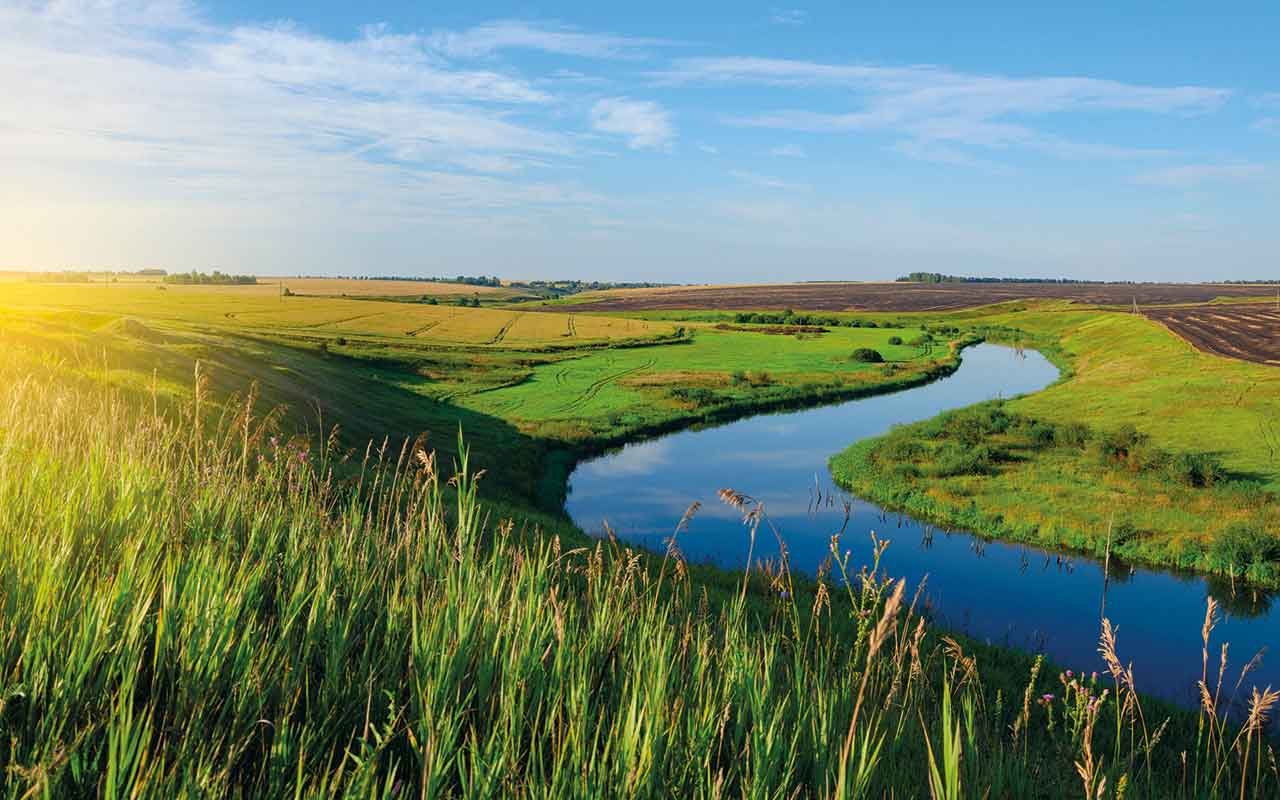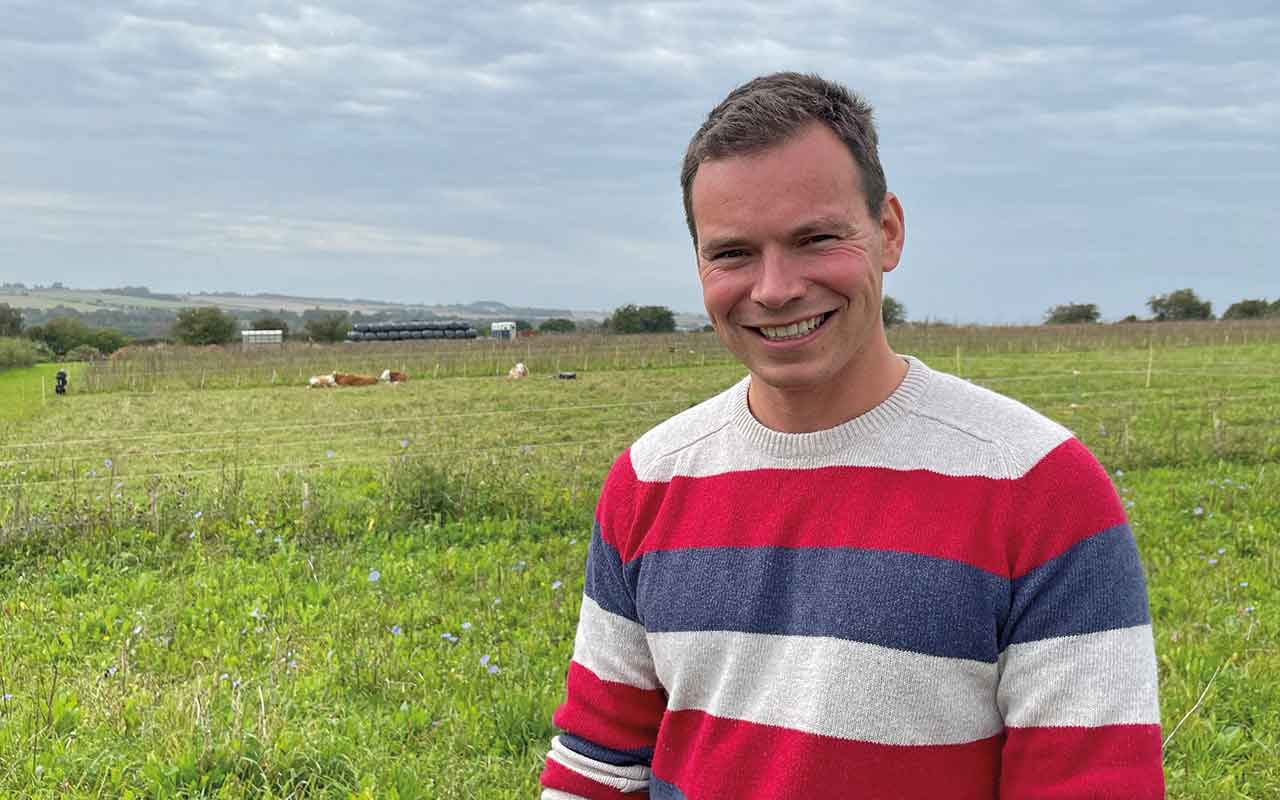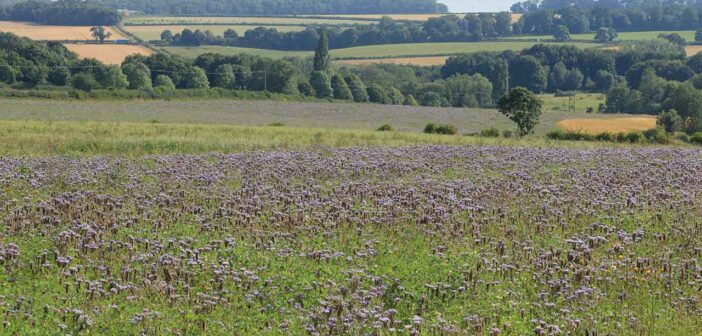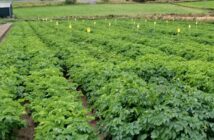Chemistry is one of the three pillars of soil health, but it might be odd to hear soil likened to a chemical cell. But that’s how soil health specialist David Purdy depicted it at the recent AHDB agronomy conference.
He suggested growers should view soil as a vehicle battery – the heavier the soil, the bigger the battery needed. Photosynthesis is the trickle charge, but the exploitation of soils has depleted organic matter and carbon, which means for many the battery has run flat.
Cover crops can put the ‘charge’ back into soils, enhancing physics, biology and chemistry.
Get it right and it delivers a bumper bag of freebies, including boosting energy and carbon, enhancing soil structure, improving porosity and hydrology, feeding soil biology and improving nutrient supply.
Starting on soil structure, David turned to work by Project Lamport covering aggregation. This compared combinations of tillage and cover crops with untreated plots and field margins in challenging silty clay loam.
Of all the treatments, the best visual evaluation of soil structure (VESS) score was recorded in the plots that had a three-way cover crop for two years.
Even then, VESS scores were still outside that of the field margin. “Just leaving soil alone does a decent job,” he noted.
He also stressed that where remedial intensive tillage had destabilised soils, the best thing was to get living roots in instead of leaving soils bare.
Again, work at Project Lamport comparing overwintered ground that had been cultivated followed by a cover crop revealed how roots in the ground had rebuilt aggregation.
In addition, plants also capture carbon and return it to the soil. “As carbon dioxide leaves the soil, it is captured by the stomata on the leaf underside,” he explained.

The Landscape Enterprise Networks Scheme is creating revenue opportunities for those applying regenerative practices © Adobe Stock
Carbon drawdown
Plants energise soils and create the process of sequestration and respiration. Creating biomass above and below the ground not only pumps carbon down into soils, but also feeds the soil biology through exudation, improves air and water through improved porosity, and increases soil minerals.
David referenced work at Project Lamport where 96 cores were drilled down to 1m to record carbon drawdown between plots with cover crops and without.
After five years, the cover crop plots had drawn down 27t/ha of carbon dioxide equivalent, with most of that carbon coming from root exudation. Interestingly, tillage-treated plots lost 17t/ha of carbon over the same time.
Roots in the ground created channels for microbiology. “We went from having two worms per spade to more than 20 in five years,” he noted.
A European study on the contribution of earthworms to yield revealed an 8% increase through nutrient cycling. Worms also create channels for roots to get down, benefiting the mycorrhizal and saprotrophic fungi.
Improved soil porosity helps to reduce bulk density, which can minimise the need for intensive tillage.
A spectrum of pore sizes allows water to drain after heavy rain, but lets soils hold on to it in dry periods.
Considering climate variability, David said the water-holding capacity of soils is critical. He explained that a 1% increase in organic matter can improve water-holding capacity by 200,000t/acre.
“Cover crops are reducing bulk density to similar levels to subsoiling,” he said. “And it is doing it at depth. Deep-rooting species like radish and black oats can effectively push through compacted ground.”
Lastly, he turned to nutrition. He explained that a cover crop could provide over 130kg N/ha to the next cash crop. Research has shown that cover-cropped plots delivered an extra 1.4t/ha for first wheats compared with untreated controls.
View from the farm
Cambridgeshire farmer Toby Simpson explained some of the practical challenges and opportunities of cover crops.
He quickly adopted min-till practices, but when looking at no-till setups, he thought more widely about the farming system. With increasing focus on soil health, he felt it was right to explore various systems.

Toby Simpson © Toby Simpson
What helped fuel his interest was a crop of wheat drilled into a catch crop. With the wet autumn of 2019 and heavy clay soils, he expected to see some slug damage. But the wheat got away scot-free, with the slugs favouring the catch crop.
A crop of spring barley drilled into a cover crop added to his curiosity, as the soil was extremely friable. Intrigued, he set off on a Nuffield scholarship, which led to an approach he has termed FDD – functionality, diversity, density.
Starting with function, he explained that it is vital to understand what the cover or catch crop is designed to do, which determines how it is managed.
“If a green manure for the following crop is the objective, the cover crop might be a mix of fast-growing legumes and scavengers, terminated while the carbon-to-nitrogen [C:N] ratio is low. Termination timing should be planned so the residue can break down and release nutrients to the following crop,” he said.
“For those wanting to restore soil organic matter or sequester carbon, a dense-rooting, high-C:N ratio residue with predominantly grasses would be preferable. If the objective is nematode reduction in root crops, then radish species will be important.”
Toby acknowledged starting out can be a little overwhelming, but stressed that help is available. He found the AHDB cover crop management guide particularly useful.
The second point in his FDD philosophy is diversity. Logic suggests plants compete for resources, but the biological interactions of plant roots in the soil enable the space for nutrients to be moved between root systems by bacteria and fungi.
The key is finding the combination that complements each other. For example, scavengers act to capture soil nitrogen, encouraging legumes to fix their own.
Multi-layered rooting and canopy structure is critical in several functions such as creating soil structure, suppressing weeds, protecting the soil from weather erosion and heat, and accessing nutrients. I
t also provides the living organisms in the soil with a buffet of residue and root matter to feast on, promoting a diverse mix of microbiology and helping to keep the soil ecosystem in balance, ensuring one species doesn’t dominate.
Diverse cover crop mixes also act as an insurance policy, as weather volatility means not everything will grow equally every year. A mix of plants will increase the chances of something establishing well.
See them as a cash crop
The importance of treating cover crops like cash crops was one lesson from Toby’s Nuffield study. Many tend to buy cover crops by the £/kg, with those who calculate cover crops by plant numbers aiming for 180-220/sq m.
Ohio University soil specialist Jim Hoorman suggested taking individual component seeding rates and assigning them a percentage of the mix. Knowing the thousand-grain weight or seeds per kg is key, as the danger is that one species dominates.
He also learned not to judge a cover crop by how it looks above ground. Root density is an excellent way to build soil organic matter; the more root exudates, the more chances of soil biological interactions.
Clovers and vetches might look modest above ground, but can have incredible root biomass.
Work in France by Thierry Tétu on high-density cover cropping provided Toby with further insights. It was part of a transition to ‘nitrogen autonomy’, where autumn green manures or catch crops provide nitrogen to the following crop.
To compensate for establishment losses, a seed rate of 400kg/ha was used to create a balanced mix of beans, peas, vetch, berseem clover and radish at 287 plants/sq m.
It was found that denser plants can access more nutrients for themselves, and a bold canopy could create a carbon dioxide fertilisation effect as it captures and recycles the carbon dio-xide respired from the soil and plants.
Toby pointed out that there is no right or wrong when it comes to establishment or termination, but again stressed the need to manage a cover crop like any other crop.
Cover crops face the same pest pressures, so actions like applying slug pellets and spraying off competitive volunteers might be needed to ensure a cover crop achieves its objective.
During his scholarship, he witnessed various establishment methods. Being able to drill soon after harvest and into moisture appeared the most consistent.
In Scandinavia, the short growing season sees farmers often broadcast a high seed rate ahead of harvest to maximise the summer growing conditions. It could work here equally as well as any other establishment method.
Essentially, cover crops need to be established like any other crop, with timely establishment into a good seedbed for good seed-to-soil contact.
It also revealed that termination methods all have a place. Desiccating, grazing, cultivation, crimping, mowing and frost kill suit different circumstances. Recent work by Affinity Water showed that spraying-off could release more nutrients to the following crop.
Ultimately, destruction is a balance, he said. “Go too late and there is the possibility of nutrient lockup or a too high C:N ratio.
Too soon and there is a possible compromise to soil physics or biology through loss of soil cover or living roots. With big-seeded crops it might be possible to leave the crop a bit longer, as it might with lighter soils.”
Analysis
To help him assess cover crop performance he takes biomass cuttings to undertake dry weight analysis. Recently, he has adopted the Merci software programme. It feeds back the potential nutrient availability to the next crop, helping highlight nutrient savings.
Of course, the opportunities go beyond soil and plant health. He pointed out the Sustainable Farming Incentive over-winter cover crop is worth £129/ha and that water companies and supply chains are increasingly recognising the importance of cover crops.
“The Landscape Enterprise Networks Scheme brings stakeholders together to identify where interests overlap. Farmers are invited to bid for on-farm outcomes using more flexible but similar practices to Countryside Stewardship,” he concluded.




